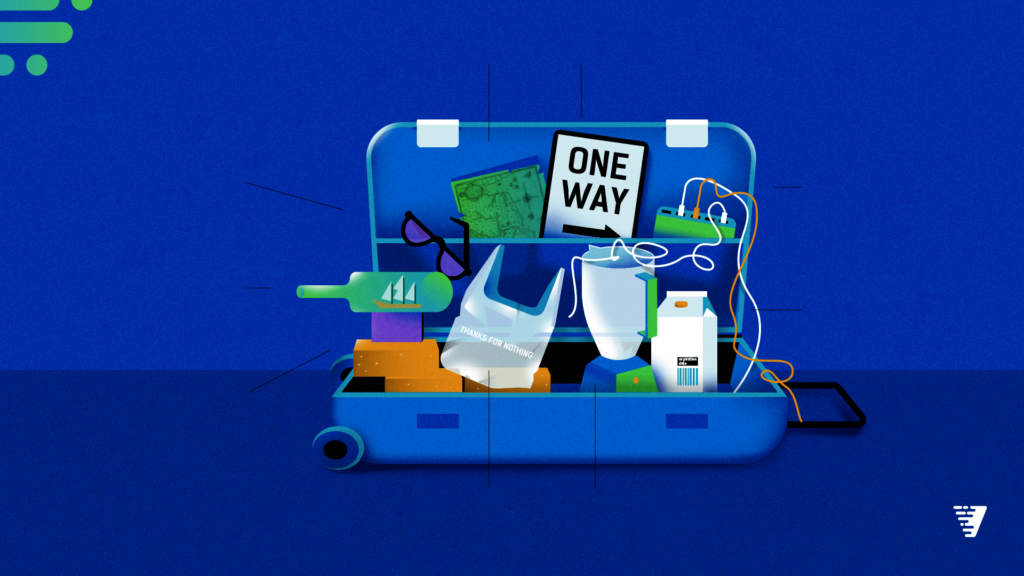Everyone’s doing it
Yes, everyone is talking about the cloud, but are they actually ‘doing it’? The short answer is yes, and in stunning numbers. According to a recent O’Reilly survey, 90+% of organizations expect to increase their usage of cloud-based infrastructure. Over the next 12 months, 67% expect to shift half or more of their applications to the cloud, and 45% are planning to move three-quarters or more of their apps. Look out just a little further to 36 months and 63% will be running a least three-quarters of their applications in the cloud and 40% of organizations will run all of their applications in a cloud context.
The question is, are all these organizations truly ready? Are you?
A recent research report from Unisys, which measured how successful cloud transformation efforts are, found that 37% of US businesses have failed to realize notable benefits from their cloud solutions. So what gives? As their CTO of Cloud noted, “many businesses do not realize that reaping the benefits of cloud requires more than just a ‘lift and shift and you’re done’ approach.” The reality is that if you don’t plan your migration correctly, you could create problems down the line.
Here are 9 signs your cloud readiness isn’t what it needs to be

1. You haven’t vetted your migration approach.
There’s more than one path to get your applications to the cloud. The above-referenced lift-and-shift, where you pick up your application as is and move it to the cloud, is just one approach. Others include extend (modify an existing application to add cloud capabilities), cloud-optimized (use new front-end technology, like Kubernetes/containers, to make greater use of cloud resources and environments), cloud-native (completely re-write an application to fully exploit cloud technologies and resources), and replace with SaaS (instead of migrating, swap it out for a SaaS option—not a migration, strictly speaking, but a viable option nonetheless). There’s no objectively right or wrong approach. Each has its place, and it’s important to understand the optimal approach based on the characteristics of your applications and your organizational objectives.
2. You don’t have a clear understanding of which workloads to migrate and which to keep in the data center.
There’s one additional option when it comes to migration approaches—you don’t. The fact is, not all workloads are well suited for the cloud. There could be any number of reasons not to migrate, including data sensitivity, massive or massively-growing data volumes, high transaction speed requirements, or mainframe back ends, to name just a few. If you haven’t assessed your workloads based on key considerations, you could make sub-optimal decisions that will have a long-term impact on your effectiveness and ROI.
3. You don’t have a clear handle on all the dependencies of your workloads.
Enterprise applications are complex, with many interdependencies among application, compute, networking, and storage resources. Missed dependencies can lead to broken applications, outages, and other headaches. Before you move, you need a full workload inventory that includes complete application dependency maps. This enables you to fully assess the impact of your cloud migration and gives you the information necessary to identify and reduce risk.
4. You don’t have a meaningful way—other than price—to evaluate your cloud service provider options.
Price points are tempting barometers. When it comes to the cloud, there are so many configuration options, each with their own nuances, it can be challenging to evaluate them. Price becomes a “tangible” factor to grab onto. Of course, cost is important, but it’s not enough. You need to be able to assess your cloud options in terms of both cost and risk. Here’s an example: Option A is cheaper by a couple hundred dollars and comes with a certain threshold that could create performance bottlenecks or downtime. Option B is a more expensive, but you eliminate the risks that could potentially cost thousands and hurt your reputation. There’s no one correct answer—it depends on your organization’s individual goals and risk profile. But you need a way to evaluate that cost/risk trade-off.
5. You’re overwhelmed by the large number of diverse workloads to be migrated.
Addressing challenges 2 and 3 above are a good start, but they’re not enough to get you to cloud readiness. You need to distill hundreds, or even thousands, of workloads into a small set of representative workloads. From there, you can analyze these synthetic workloads to characterize performance. This will help you create candidate cloud configurations and construct your move groups.
6. You can’t confirm with confidence that your application(s) will perform as expected in the public cloud.
Once you have your synthetic workloads and candidate cloud configurations, you need to be able to model them. This playback enables you to verify performance, tune your configuration, and understand all related costs before financially committing to a particular configuration.
7. You’re planning to replicate your on-premises configurations for your migrated workloads.
What worked on-premises isn’t necessarily what will work best in the cloud. If you’re planning to simply replicate your CPU, memory, network, and storage configurations, you could end up with sub-optimal selections. You need to be able to “right-size” each migrated workload to ensure you’re setting yourself up to be fully cloud-optimized.
8. You’re unsure what impact future changes could have on performance and cost.
You can’t plan for unplanned changes—by definition—but you should understand where the stress points are in your infrastructure. Workload monitoring and analysis will tell you how much buffer you have before an SLA-killing breaking point. And you’ll have a better grasp on where tolerances and potential bottlenecks exist so you’re better prepared when the unexpected does happen. If you need to make changes at that point, you’ll also have clear data that demonstrates business impact, which can help expedite the process within your organization to quickly purchase and deploy additional resources.
9. When it comes to the cloud, you don’t know what you don’t know.
According to LinkedIn, cloud computing is the #2 most in-demand hard skill globally in 2020. There’s clearly an immense demand for organizations to bring cloud expertise on board. But given the ongoing shortage of tech talent, many of these positions may be going unfilled, leaving a big gap in institutional know-how. It’s impossible to get all the critical answers you need if you don’t even know which questions to ask. There simply is no substitute for been-there-done-that skills and experience. If you don’t want to learn lessons the hard way, you’ll want to work with a partner who can guide you every step of the way.
Don’t let a lack of cloud readiness trip you up
Moving mission-critical applications to the cloud is a strategic decision that organizations make because there are significant benefits to be gained (and/or considerable risks if you fail to do so successfully). You can’t afford to just wing it and hope for the best. If you’re not truly ready—with all the planning, preparation, and confidence this entails—you could be putting your business strategy at risk. The good news is that you don’t have to go it alone.
Virtana: Your Cloud Readiness Partner
With Virtana Workload Placement, you’ll be fully prepared for a successful and efficient move to the cloud and prevent any unpleasant surprises before, during, or after the migration. Try it for free

James Bettencourt




